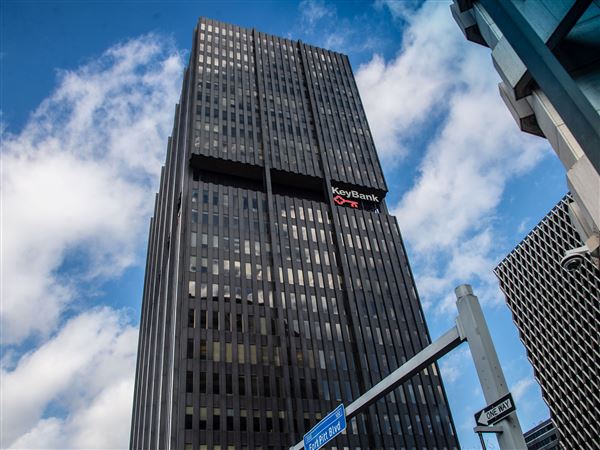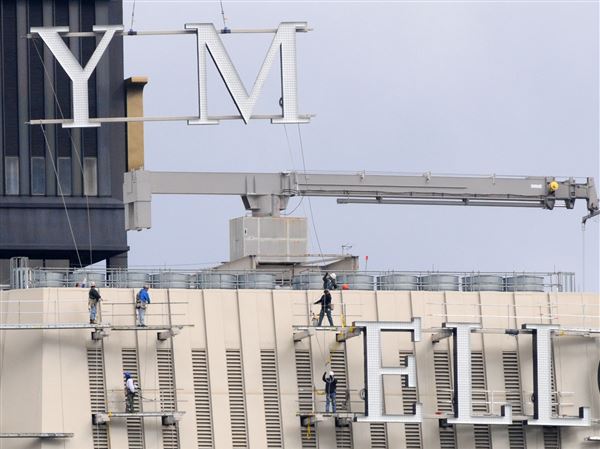(c) 2015, Bloomberg News.
CHICAGO — Coal prices, already down 52 percent since 2011, are forecast to keep falling. The rout shows that exporters’ OPEC-like tactics of trying to squeeze out high-cost producers have been frustrated by the rising dollar.
Miners from Colombia to Australia maintained output as prices fell for a fourth year in 2014 amid a global glut of seaborne coal that Deutsche Bank says is poised to triple this year. A 19 percent jump since July in the Intercontinental Exchange’s dollar index, which tracks the greenback against 10 major peers, has helped companies that extract the power-plant fuel whose costs are measured in local currencies.
The approach is comparable to that of the Organization of Petroleum Exporting Countries (OPEC), the 12-member group that agreed in November to keep output unchanged even as a 49 percent slump in crude in the second half tested the ability of U.S. drillers to keep pumping. U.S. coal producers, who are exposed rather than protected by the rising dollar, are cutting output, while the Russians have been the biggest beneficiaries as the ruble’s decline has made them among the lowest-cost producers.
“It’s the same strategy in coal as in oil,” Guillaume Perret, a director in London at Perret Associates who’s tracked and traded energy for 16 years, said by phone. “There has been a strategy for the main miners, especially those with lower costs of production, to keep producing and push more expensive producers out of the market.”
Thermal coal at the port of Newcastle in Australia, the fuel’s biggest export harbor, averaged $70.97 a metric ton in 2014, according to prices from Globalcoal. This year it will drop 8.9 percent to $64, the lowest since 2006, based on the median of five analyst estimates compiled by Bloomberg from UBS Group to JPMorgan Chase.
Northwest Europe coal will average $62.50 a ton this year, the lowest in records going back to 2007, according to the median of six analyst estimates compiled by Bloomberg. Average prices tumbled 12 percent in 2014 to $78.36.
The dollar rose last year as signs of stronger U.S. growth encouraged the Federal Reserve to end asset purchases and move toward raising interest rates. The Russian ruble declined 49 percent against the greenback over the last 12 months, an extreme case of the dollar’s appreciation because of sanctions against Russia after its takeover of Crimea.
Russian thermal coal cost $50 a ton to deliver to Europe on Jan. 7, compared with $83 in June, Citigroup said Jan. 14 in a note. The Russians have gone from the highest-cost suppliers in the Atlantic and Pacific Basins to the second cheapest in both, according to the bank.
The Australian dollar fell 8.3 percent last year against the greenback, positioning Australian producers to regain market share, Jim Thompson, a director of coal at IHS Inc. in Knoxville, Tennessee, said Jan. 27. They lost customers earlier this decade amid flooding, labor unrest and a move to shorter- term contracts.
“The lower prices aren’t as painful for them to accept,” Thompson said by phone. “It’s much like Saudi Arabia and OPEC with oil right now. This move by the Australians is a move to win back and also maintain market share.”
As coal dropped, China, the world’s biggest consumer, enacted a raft of policies from quality restrictions to import reductions to protect domestic suppliers. Foreign supplies fell 11 percent to 292 million tons last year, the first decline in at least seven years, according to Chinese customs data.
Chinese consumption of seaborne coal will decrease 9 percent to 195 million tons this year, while European demand will slide 1 percent to 211 million tons, Deutsche Bank said last month in a report.
Global supply will exceed demand by 30 million tons, compared with 9 million tons in 2014, the bank said. Consumption will fall 1 percent to 1.053 billion tons, compared with a 1 percent increase in supply to 1.083 billion tons.
There have been cutbacks, though not enough yet to stem the rising surplus. Glencore, the world’s biggest exporter, halted production for three weeks at its 13 mining operations in Australia from mid-December. The reductions by the Baar, Switzerland-based company included cuts of about 4 million tons of thermal coal, according to Macquarie Group.
Glencore’s Optimum Coal Mines in South Africa said Wednesday that they may cut annual output by at least half because of falling prices. It exports about 50 percent of its annual production of 10 million metric tons.
“Demand is relatively stable but there is still a supply glut, and nobody is really cutting enough,” said Daniel Morgan, an analyst at UBS Group in Sydney.
U.S. benchmark coal prices have fallen for four years in the longest slump since futures trading began on the New York Mercantile Exchange in 2001. Thermal coal will average $54.54 a ton this year, down 5.2 percent from $57.54 in 2014, based on the median of six analysts estimates compiled by Bloomberg.
“The decline in seaborne pricing is lasting longer than anticipated,” Gregory Boyce, chief executive officer of St. Louis-based Peabody Energy, said Jan. 27 on a conference call.
Hurt by the dollar’s strength, U.S. producers’ share of the seaborne thermal market will fall to 2.4 percent this year from 5.2 percent in 2012, according to estimates from Jeremy Sussman, an analyst at Clarkson Capital Markets in New York.
A decline in oil prices also has helped lower mining expenses. Brent crude futures fell 48 percent last year, the most since 2008, cutting the cost of operating machines and power supplies at pits.
“The price at which one might have originally expected to see output cut has been driven lower,” by the drop in oil and the stronger dollar, Paolo Coghe, an analyst at Societe Generale in Paris, said by phone.
Less demand has put the onus on producers to trim output as a first step in reducing the glut, said Perret, who built a freight and steam coal trading desk in London for RWE AG and traded grains with Louis Dreyfus Commodities BV in Paris.
“We are waiting for major exporters and exporting countries to provide a more significant answer to the market,” he said.
- - - -
Vitelli reported from London, Sharples from Melbourne, Australia. Contributors: Paul Dobson and Rob Verdonck in London and Paul Burkhardt in Johannesburg.
bc-coal (TPN)
First Published: January 31, 2015, 3:45 p.m.













